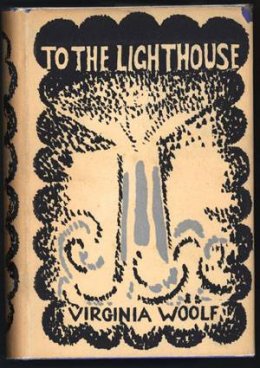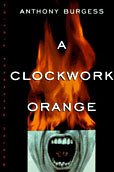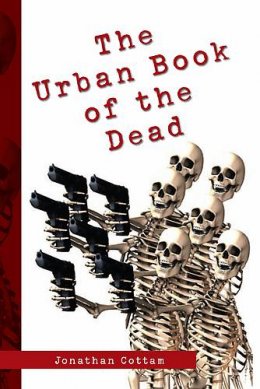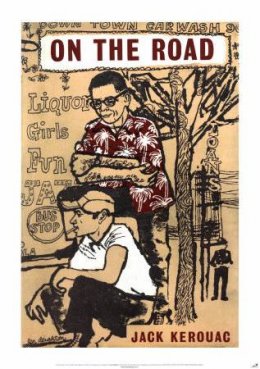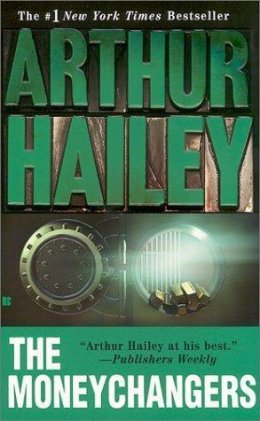The Moneychangers
Author: Arthur Hailey
As the novel begins, the position of CEO of one of America's largest banks, First Mercantile American (very loosely based on the Bank of America, although it is located in an unnamed Midwestern city) is about to become vacant due to the terminal illness of Ben Roselli, the incumbent chief, whose grandfather founded the bank. Two high-ranking executives groomed for the succession begin their personal combat for the position. One, Alex Vandervoort, is honest, hard-charging, and focused on growing FMA through retail banking and embracing emerging technology; the other, Roscoe Heyward, is suave, hypocritical, and skilled in boardroom politics, and favors catering more to business than to consumers.
As readers increasingly appreciate Vandervoort, the protagonist, they learn of his troubled personal life. His advancement in banking circles has come as his marriage is failing; his wife is confined to a psychiatric facility. Vandervoort is shown as having developed a relationship with Margot Bracken, who is depicted as a radical attorney and political activist many years his junior; her attitudes sometime conflicts with Vandervoort's role at FMA. Meanwhile, Vandervoort's antagonist, Hayward, is depicted as a devout Episcopalian who strives to maintain an air of personal integrity and morality, only to slowly sacrifice them both in his pursuit of the presidency of FMA.
As these men pursue their battle for the soon-to-be-vacant position of CEO, various issues involving the banking industry, such as credit card fraud, embezzlement, inflation, subprime lending, and insider trading are discussed. First Mercantile American is eventually revealed to have a doppelganger in the form of an organized crime family.
The fight for control of the bank continues under the darkening clouds of an approaching economic recession. One of the two CEO contenders is brought down for his role in making a large loan to a dishonest multinational conglomerate (loosely based on International Telephone and Telegraph) that goes into default. The ensuing scandal causes panic among depositors, shareholders, and employees, with the perpetrator committing suicide rather than face the consequences of his actions. The other candidate assumes the position of CEO of the half-ruined bank.
- Download ebook
